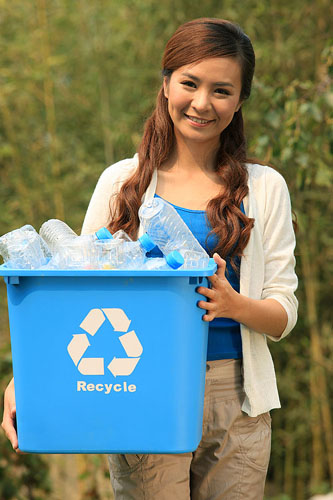Plastics rock! In a brief moment, if you focus on the role of plastic in our lives, it’s incredible all the applications we use it to our benefit. Unfortunately, the end-of-life for most plastic is hundreds of years away, if not longer, a fundamental problem. Over the course of the last few years I’ve had the privilege of playing a role in the Sustainability efforts of numerous producers of plastic. I’ve heard about their attempts at previous technologies, their struggles of processing and performance, the regulatory quagmire they face, what they’re trying to hang their hat on now and everything under the sun and including the sun.
During this time, I’ve also been privy to some remarkable advancement in technologies and I’m amazed at the innovations that are available today as well as what is on the horizon. It’s that focus on what tomorrow brings that truly provides a synergistic sustainable solution for a company. It’s about implementing a solution that understands that plastic, and the issue of plastic waste, is not an island unto itself. We must look beyond the borders to see the true possibilities, the interaction of multiple elements and cooperative action. It’s why ENSO applauds the efforts and recent announcement by NatureWorks, for recognizing the possibilities beyond its current technology. The silver bullet may not exist today, but with concerted efforts, we can move closer and closer to the goal. The value proposition of methane capturing is far beyond any of its counterparts and it is increasingly being recognized as a more logical and fundamentally sound platform to adopt.
Methane, despite the perceived negative connotations, is one of our most inexpensive and cleanest energy resources. This naturally produced gas can be used either in combustion engines or for conversion to electricity. To include the possibility of harnessing methane for plastic production would be a huge game changer. It is why current technologies such as ENSO RESTORE®, which proves to accelerate the natural biodegradation process in landfill environments, are being sought after. Many initiatives being touted today are simply incapable of proportionally meeting the increased production rate of plastic. What may appear to be “green” in theory essentially remains inadequate at meeting the greater objective of a cleaner planet. It is why ENSO RESTORE® provides a significantly more dynamic solution to stand behind when it comes to adopting technologies that support sustainability goals. Beyond bans and regulations, the objective is to provide a clear end-of-life solution in any plastic application (PET, HDPE, LDPE, PE, PP, EVA, PS, nitrile, rubber or latex); otherwise, we’re merely offering lip service in addressing the plastic waste in our environment.






